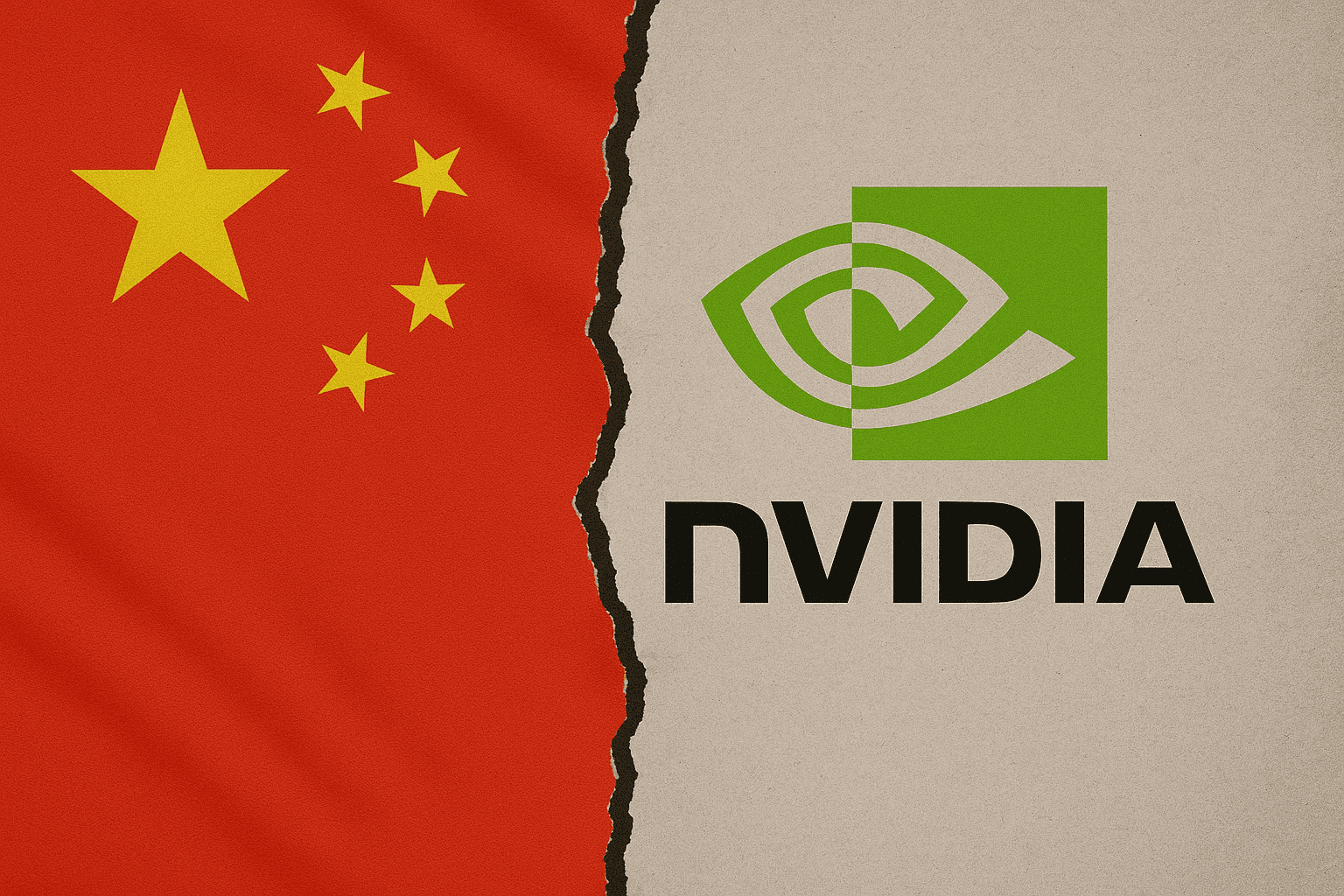
"Nvidia is virtually unbeatable as a supplier of AI chips. Its Graphical Processing Units (GPUs) are by far the most powerful, scalable, and easy to use, especially for training large language models. This has propelled Nvidia to a market value of over $4 trillion. Although AMD in particular touts a cheaper yet mostly similar equivalent, Nvidia's ecosystem of software layers and partners forms an impregnable fortress."
"That is why would-be rivals are focusing on inferencing, or the daily running of AI models. Such a workload is much less demanding on IT hardware than training and less dependent on a deep knowledge of the Nvidia software stack. Groq and Cerebras are emerging AI players as alternatives to the AI superpower in this field, but there are also many startups offering cheap and/or efficient chips for inferencing."
"There is a sizeable market for the H20, the weaker sibling of the H100 chip that is available for sale in the West. However, the real state of the art remains outside China: all Blackwell chips, the latest generation of Nvidia GPUs well beyond the Hopper series (H20/H100), are not destined for Beijing. Until July, even H20s were banned from AI exports temporarily; President Trump later changed his mind, and now China is allowed to tap into Nvidia's resources again."
Vendor lock-in concentrates power in Nvidia, whose GPUs lead in performance, scalability, and ease of use for training large language models. Nvidia’s GPU dominance and supporting software ecosystem pushed its valuation above $4 trillion and makes competition difficult despite AMD’s cheaper alternatives. Rival firms and startups focus on inferencing workloads, which demand less hardware and less reliance on Nvidia’s software stack; Groq and Cerebras are emerging alternatives. China, facing export restrictions, relies on Alibaba and Huawei to develop domestic AI hardware, using H20 chips domestically while Blackwell-generation GPUs remain unavailable for Beijing until export policies changed in July.
Read at Techzine Global
Unable to calculate read time
Collection
[
|
...
]